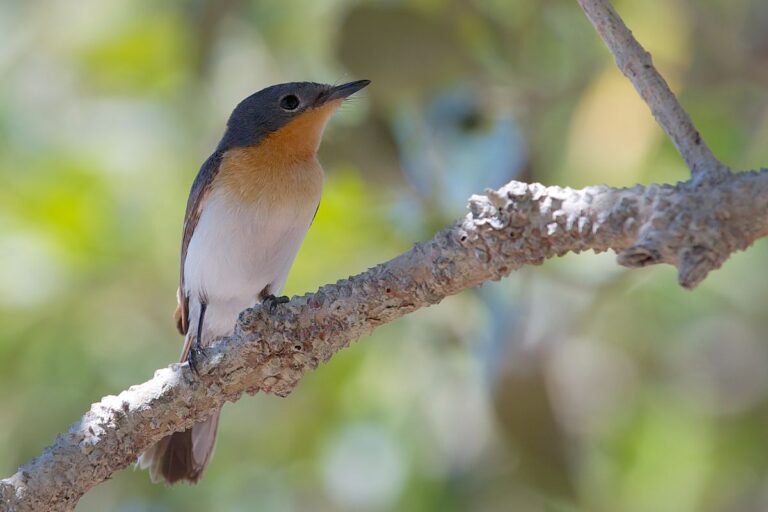Bermuda petrel
“The Bermuda petrel, a symbol of resilience and hope in the face of adversity.”
Best Quotes for Bermuda petrel Bird
Bermuda petrel Lifespan related to Bermuda petrel Predators & Bermuda petrel Conservation Status also Bermuda petrel Location and Habitat important regarding Bermuda petrel Reproduction & Bermuda petrel Diet for Bermuda petrel Behavior of the Bird
Bermuda petrel Scientific Classification
Domain: Animalia
Kingdom: Chordata
Phylum: Aves
Class: Procellariiformes
Order: Procellariidae
Family: Pterodroma
Genus:
Species:
Data Source: Wikipedia.org
Bermuda petrel Characteristics
The Bermuda petrel, also known as the cahow, is a rare seabird that is native to the island of Bermuda. These birds were thought to be extinct for over 300 years until a small population was rediscovered in the 1950s. They are known for their unique call and nocturnal habits, as they only come to land to breed. The Bermuda petrel is currently considered critically endangered due to habitat destruction and predation by introduced species. Conservation efforts are being made to protect and increase the population of these fascinating birds.
Bermuda petrel Lifespan
The Bermuda petrel, also known as the Cahow, can live up to 30 years in the wild. These birds typically mate for life and only raise one chick per year. They are known for their long migrations and return to the same nesting site every year.
Bermuda petrel Diet
The diet of the Bermuda petrel consists mainly of fish, squid, and crustaceans. They hunt for food by diving into the ocean waters and using their sharp beaks to catch their prey.
Bermuda petrel Behavior
The Bermuda petrel exhibits social behaviors such as nesting in colonies and vocalizing to communicate. They are also known for their long migrations and diving for food.
Bermuda petrel Reproduction
The Bermuda petrel reproduces by laying a single egg in a burrow on remote islands. Both parents take turns incubating the egg and feeding the chick until it is ready to fledge.
Bermuda petrel Location and Habitat
The Bermuda petrel, also known as the cahow, is found on the islands of Bermuda in the North Atlantic Ocean. It nests in underground burrows on remote offshore islands.
Bermuda petrel Conservation Status
The Bermuda petrel, or Cahow, is critically endangered with only around 250 individuals left due to habitat destruction and introduced predators. Conservation efforts are crucial for their survival.
Bermuda petrel Predators
The Bermuda petrel, also known as the Cahow, is preyed upon by introduced species like rats, cats, and owls, putting their population at risk.
Bermuda petrel FAQs
- What is a Bermuda petrel?
A Bermuda petrel, also known as a cahow, is a seabird native to Bermuda. - How big is a Bermuda petrel?
Bermuda petrels are small birds, measuring about 18 inches in length. - What do Bermuda petrels eat?
Bermuda petrels primarily feed on fish and squid that they catch while flying over the ocean. - Are Bermuda petrels endangered?
Yes, Bermuda petrels are considered critically endangered with only a few hundred individuals left in the wild. - Where do Bermuda petrels nest?
Bermuda petrels nest in underground burrows on isolated islands in Bermuda. - How long do Bermuda petrels live?
Bermuda petrels have a lifespan of about 30 years. - Why are Bermuda petrels also known as cahows?
Bermuda petrels are referred to as cahows because of the sound they make, which is similar to the call of a cow. - How do Bermuda petrels communicate?
Bermuda petrels communicate with each other using a variety of calls and vocalizations. - What are the threats to Bermuda petrels?
The main threats to Bermuda petrels include habitat destruction, predation by introduced species, and pollution. - How can I help protect Bermuda petrels?
You can help protect Bermuda petrels by supporting conservation efforts, reducing plastic waste that can harm seabirds, and spreading awareness about the importance of preserving their habitat.




